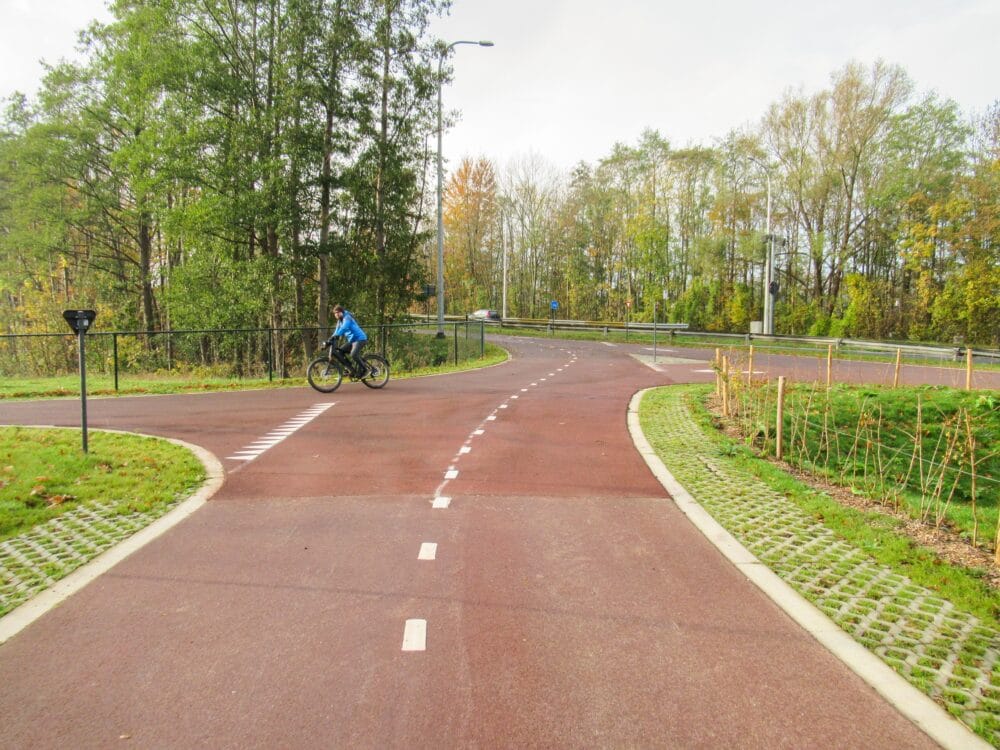Sustainable mobility
Mobility is one of the basic human rights. It results from the desire to meet, connect and communicate. It is the way to go wherever you want, whenever. It represents freedom.
The concept of Sustainable Mobility stands for managing mobility for the current generation without compromising the needs of future generations. In doing so, it is important to balance economic, social, natural and environmental interests.
Five objectives, six pillars
We set five objectives for the Flemish landscape. First, we want everyone to be able to choose how they travel safely, easily and quickly to be able to participate fully in social life. In addition, we want to reduce traffic unsafety in order to reduce the number of road injuries. For road infrastructure, we then take into account the accessibility of economic hubs and gates to ensure that functions are centralised as much as possible and become more accessible while reducing the burden on the adjacent environment. At the same time, we increase traffic liveability regardless of the evolution of mobility intensity. Finally, we want to reduce environmental damage independently of future mobility developments.
We aim to integrate the STOP principle with consideration for Pedestrians (Stappers), Cyclists (Trappers), Public Transport (Openbaar vervoer) and Private Vehicles (Privévoertuigen) maximally in all our projects. Besides elaboration, participation and thereby communication also comprehend has a significant role. Wherever possible, we involve citizens and users in the process. This is the only way to develop tailor-made transport for each user in every project as well.
To achieve our goals and integrate the sustainability narrative into our projects as much as possible, we always rely on six pillars starting from the early design stage. These six pillars are based on the Sustainable Development Goals of the United Nations, the GRO sustainability tool and the Sustatool method: biodiversity, climate adaptation, accessibility, safety, circularity of materials and multifunctionality. These pillars require synergy for them to work properly. We keep this in mind from design through execution to management.

